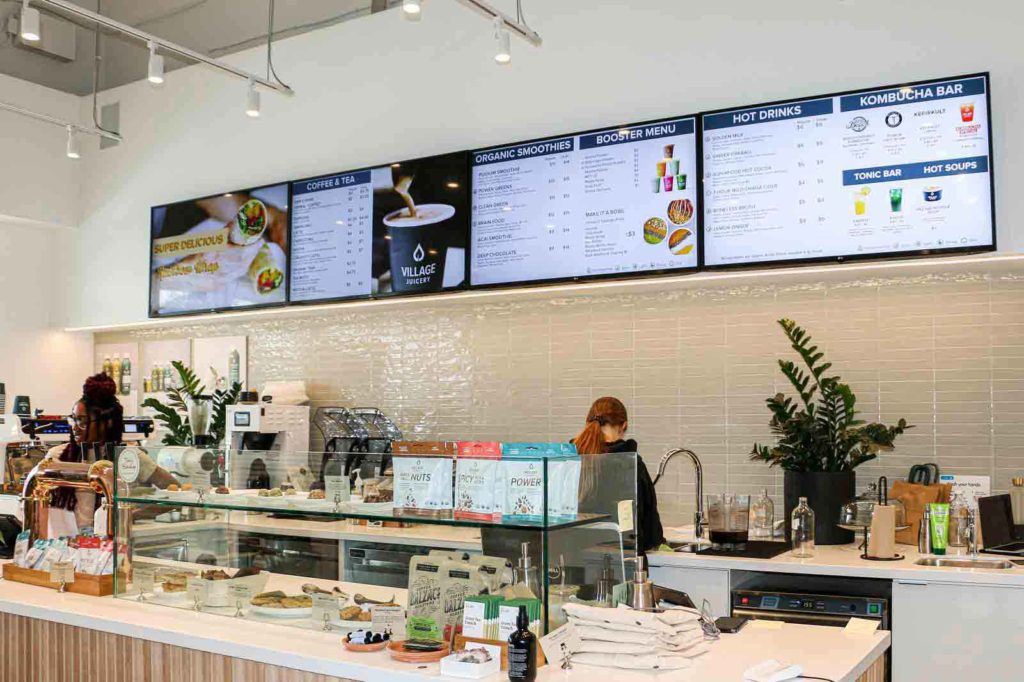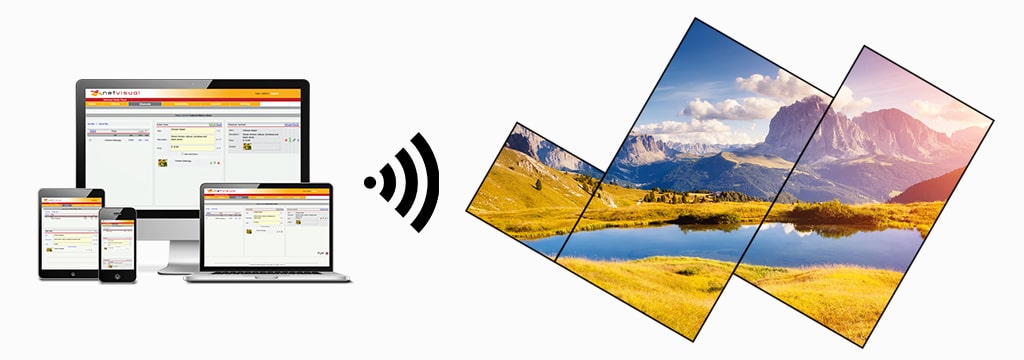From retail stores and corporate offices to transportation hubs and educational institutions, digital signage installations are becoming more and more popular across various industries. This article explores the process of installing digital signage, exploring the steps involved and considerations to keep in mind for a successful deployment. Whether you’re looking to enhance brand visibility, deliver targeted messages, or streamline information dissemination, understanding the installation process is crucial for harnessing the full potential of digital signage technology.

Step 1: Planning Your Digital Signage Installation
Before you start the installation process, take some time to plan out where you want to place your digital signage. Make sure to consider the important details when making your decision, ensuring that your signage is in a high traffic area, easily visible, and doesn’t obstruct traffic. Furthermore, it is also important to take into account proximity to power and internet sources when making your decision. By considering these factors, you can more easily ensure your display is a success.

Step 2: Selecting Your Mounting Equipment
The next step in the installation process is selecting the mounting equipment for for digital signage; this includes your brackets, as well as your screens themselves. For example, do you want to install your signage using ceiling mounts or wall mounts? While this is a part of the planning process, it is also an important step in and of itself – selecting the right equipment for the job is key.

Step 3: Preparing the Installation Site
Prepare the installation site by ensuring the walls are clean, flat, and completely secure and structurally sound. If necessary, then you should also check the power and network connectivity at your location as well. Ensuring these factors are ready and prepared for your installation in advance will help you avoid any hiccups during the process.

Step 4: Deciding on your Digital Signage Content
While it may seem counterintuitive to decide on your content prior to installing your screens, it can actually help you hit the ground running. By creating and tweaking your content in advance, your provider is able to pre-install it in your screens; for many providers, this means you will also instantly get access to any additional features such as remote-content editing. If you need to make changes later, however, then that is also completely fine – your content can be changed at any time.

Step 5: Booking your Installation
Once your content and installation site is prepared, then it is time to book your installation itself! For many businesses this means hiring contractors, or booking the installation through your digital signage provider (like Netvisual). Whichever installation provider you choose, they will likely run though a similar checklist with you to ensure everything is ready – wall preparation, network and electricity, etc. Depending on the scope of your installation, it may be quick or take a longer time, but it is typically completed in one day.

Step 6: Training your Staff
Once your digital signage is installed and ready to go, the final step is to train the staff who will be managing it. Your digital signage company will typically schedule an online meeting with any relevant staff to go over the process, answer any questions, and provide your login credentials. In most cases this training is quick and easy, however retraining is available if you have staff changeover or need a review.
In Conclusion
Installing digital signage can seem like a daunting task, but with the right preparation and resources, it becomes a manageable and rewarding project. By carefully planning the installation, selecting appropriate hardware and software, and following a step-by-step approach, you can create an effective digital signage system that enhances communication and engagement in your space.
Related Posts

Sustainable Solutions: How Digital Signage Helps American Businesses Go Green
As sustainability becomes an increasing priority for modern American businesses, many business owners are looking for innovative ways to reduce their carbon footprint and adopt eco-friendly practices. Digital signage offers a compelling

Adapting Digital Signage for Seasonal Campaigns and Holiday Promotions
The holidays are fast approaching, which means many businesses are gearing up for their holiday marketing campaigns, promotions, and initiatives. There are many ways to use digital signage for holiday

5 Ways to Use Outdoor Digital Signage
Outdoor digital signage has become extremely popular in recent years and for a very good reason. This incredible technology has seen numerous advancements that allow it to be a staple

The Future of Outdoor Digital Signage: Weatherproof Displays and Sustainability
The future of outdoor digital signage is increasingly shaped by two key trends: the need for weatherproof displays and the drive toward sustainability. These trends are driven by technological advances,

